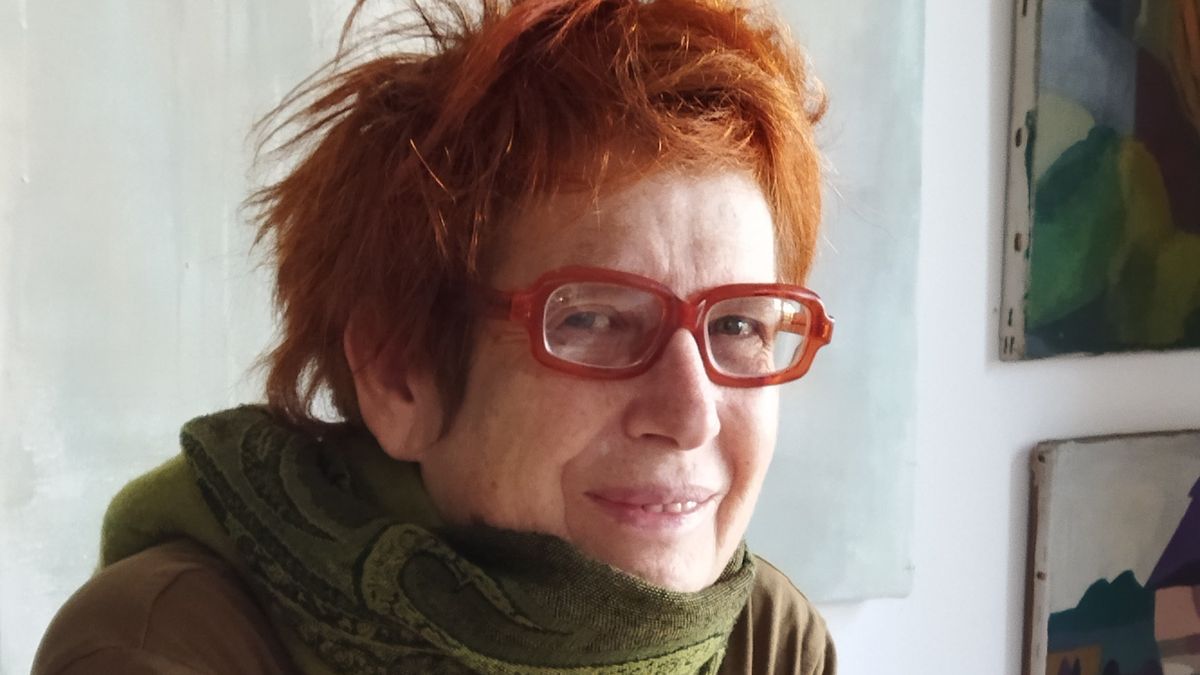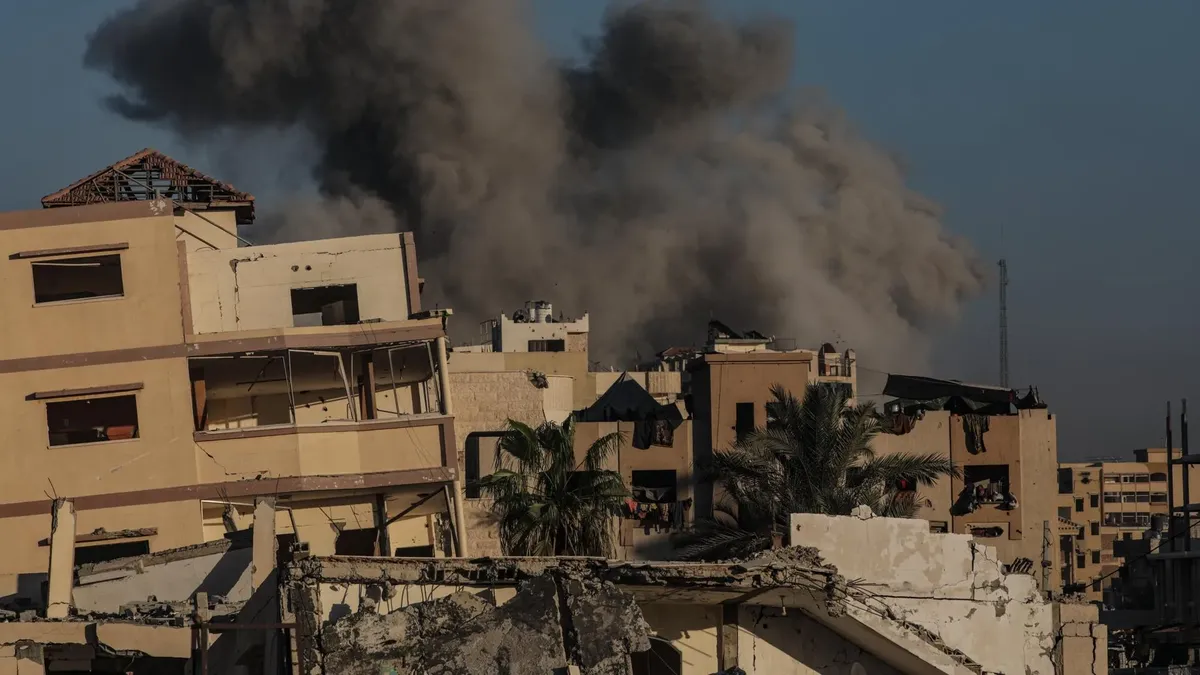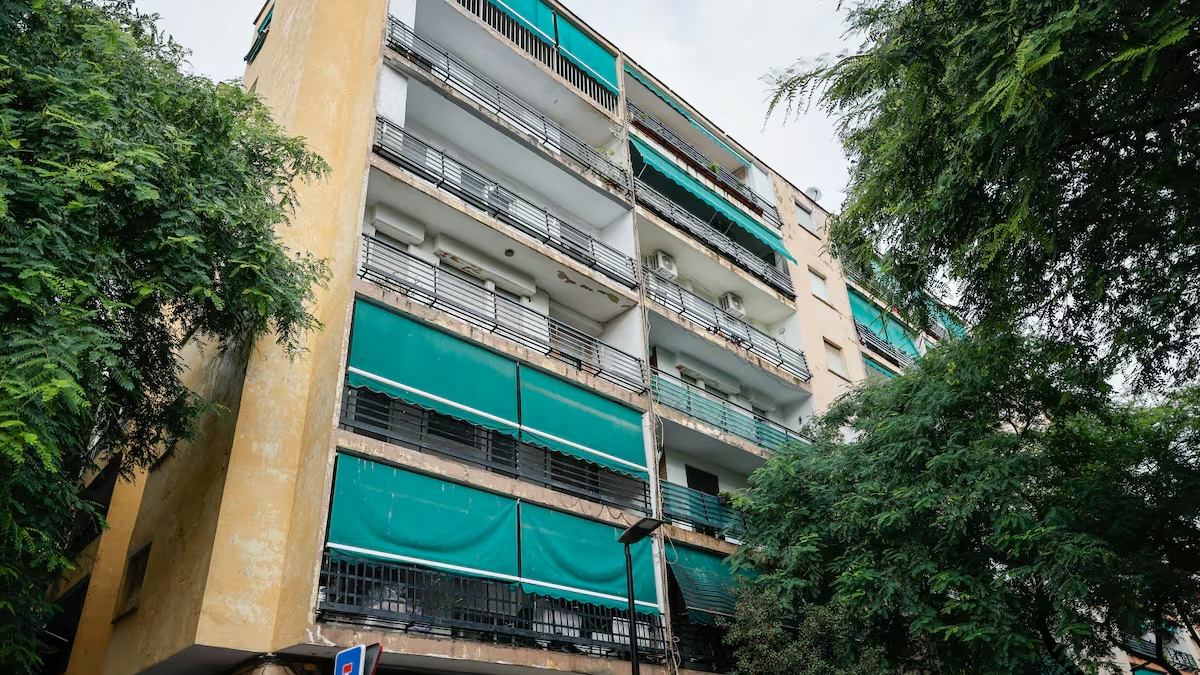Unrequited love, unappreciated art, hidden corruption are themes of “Clear and confusing” (Anagrama), a classic and innovative novel, fun and serious, with which the Chilean Cynthia Rimsky won the Herralde Prize. With his novels, stories and essays Rimskywho resides in Buenos Aires, has not stopped adding laurels. We dialogue with her.
Journalist: How did the story of a plumber in love with a plastic artist come about?
Cynthia Rimsky: It arose from several questions: how do you know if someone loves you if they put restrictions on you? or why when one does not understand another one begins to interpret him?, a vice that does not stop because any gesture can be interpreted in a thousand ways. I wanted Clara to be an unrecognized artist and that on the other side there was no other artist or a writer, someone predictable. I remembered a plumber who had to come to the house and didn’t come. I threatened him: if you don’t come, I’m going to make you appear in my novel. Serious. It had already appeared in my book “The Return to the Dog.” I knew about plumbers and bricklayers from building my house. I threw myself out there. The most difficult thing was finding the tone. It took me months to find a poetic quality to it, to extract it from the elementary things that, in general, these characters say in novels. And that in Chekhov they do not cease to have philosophical capacity and sensitivity towards the world.
Q: What were you looking for with the restrictions that Clara places on the plumber?
CR: Work on the complex mediation that exists in love between what one wants and the other can. What one interprets that the other wants. What the other can or cannot. I wanted to get involved in what is called majamama in Chile, in that mess.
Q.: Another mess is corruption, which the plumber investigates in his union…
CR: Something that is always in the air, always talked about and never comes to anything definitive. When a guilty person is found, he never goes to jail or gets out soon. What interested me about corruption is that nebulous state that fuels the talks and that never gets anywhere. I sought to put that in an unusual place, with unusual reactions, that would provide another point of view.
Q: The small guild in a large building like those of the architect Salamone…
C.R.: I come from a country where everything is spoken with diminutives, and this is the opposite, it is given to the opulent, the monumental. I am curious about the magnanimity of public works that face ruin because they cannot be sustained, but that never disappear. Behind is a utopia, a dream of greatness that, although leaky, is still valid.
Q: How did you organize so that the novel had permanent surprises?
CR: I wrote it without a plan. It is being read at the same time as I was writing it. I never knew what was going to happen. I just knew there would be a Cupcake Party at the end. One of the many popular festivals that are everywhere. I also decided that I did not have to take a position in any conflict. Every time I came to one, I ran. Literature is the mystery, not knowing what the work you read is about, getting carried away by something that had never been thought of like that, and not being able to put it down. “Clara y confusing” is a traditional novel, it has a plot, a series of adventures, a linear structure. But, at the same time, I sought to implode that traditional form. Today a very explanatory literature is being created, where it seems that people, instead of looking for morality in the church, are going to look for it in literature.
P.: The plumber’s teacher teaches him to ignore in order to listen, and Clara to look in order to see…
CR: He has sensitivity for art, but without knowledge, without having gone through culture. Clara teaches him to look differently. And that’s what happens when you learn to look differently.
Q.: In the work that Clara does, she accumulates and separates table-covered groups until she finds the exception…
CR: Associates things in an unrealistic way. Consider that time works the work behind you. Without her doing anything, the work is transformed. The thing is that over time you take enough distance to see it in a different way, and that is where the work reveals itself.
Q.: Is the title “Clara and Confused” because of how the plumber sees Clara when they separate?
CR: There is a tension between opposites in the novel. Things are confusing and clear at the same time. And at this time too much clarity is being demanded. And since we do not understand what we are experiencing at all, I wanted to propose that the confusing is part of reality.
Q.: Why is there a syncretism of languages from our southern cone in your story?
CR: When I start writing, some words come out in Argentine and others in Chilean. I have lived here for twelve years. I had to learn Argentine to be understood. I was interested in facing two cultures. Words have a way of thinking, of looking, a culture behind them. Chilean literature has always been separated from Argentine literature. But there is Manuel Rojas, an Argentine who became a writer in Chile. And the Chilean Marta Brunet who came to Argentina and had her writing changed, and in Chile she was rejected by the critic who had promoted her. I am interested in following that tradition, but based on language.
Q: What did it mean to you to win the Herralde Prize, which was previously awarded to another Chilean, Roberto Bolaño?
CR: Another Chilean who also lived outside Chile. The award for “The Savage Detectives” validated him as a writer, made him known in a wider circle, and projected his global consecration. El Herralde is going to spread my work more, and that is a challenge.
Q: What are you writing now?
CR: An essay and slowly another novel.
Source: Ambito




